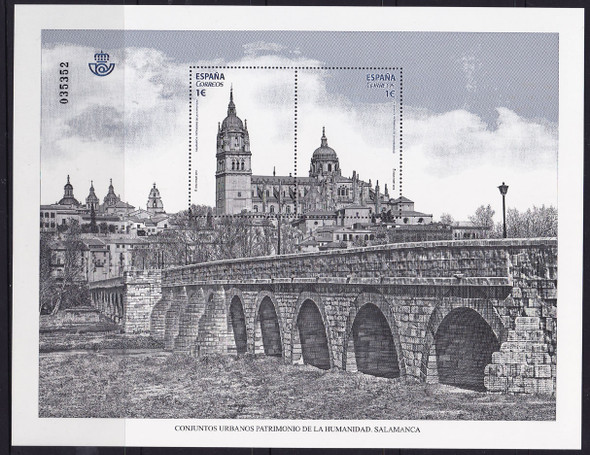Description
The urban site of Tarragona arises from the remnants and remains of its past splendor. Founded by Scipio for the Roman Republic in the 3rd century BCE, it became the capital of the province of Hispania Citerior or Tarraconensis, which left important buildings and archaeological remains that make up the old Tarraco, a unique example among the western Roman cities in both quantity and quality and the state of conservation of its buildings.
A past that underlies the city's ground, but that also leaves its footprint on the current network of streets and squares and on the remnants that remain visible or that arise throughout the city.
The walls of the medieval cathedral still offer remnants of the imperial cult and its temple. Some of the streets in the historic centre reflect the layout and space that the great public square of the Provincial Forum occupied. The current Plaza de la Font, recalls the chariot races that were held in the Circus, whose spectators stood in the stands supported by the hardy vaults that are currently part of commercial premises, restaurants and houses attached to the plaza. Throughout the centuries, the amphitheatre, a place of fun and punishment, was used as a Visigothic basilica, a Romanesque church and even a prison.
For these reasons, in 2000, UNESCO included the Archaeological Ensemble of Tarragona in its list of World Heritage Sites highlighting the importance of the Roman remains in the development of urban planning and design of the cities of Rome in its selection criteria, which served as a model for provincial capitals in the rest of the world and because Tarraco provides an eloquent and unparalleled testimony of a significant stage in the history of the Mediterranean region in years gone by.
Along with the previously mentioned remnants, the Archaeological Ensemble includes other monuments located around Tarragona, such as the Tower of the Scipios, the Les Ferreres aqueduct, the Bará Arch, the Roman quarry at El Médol or the museums of the Roman villas of Centcelles and Els Munts.
The special edition of this stamp is issued in a Block Sheet format using chalcography and offset printing.










